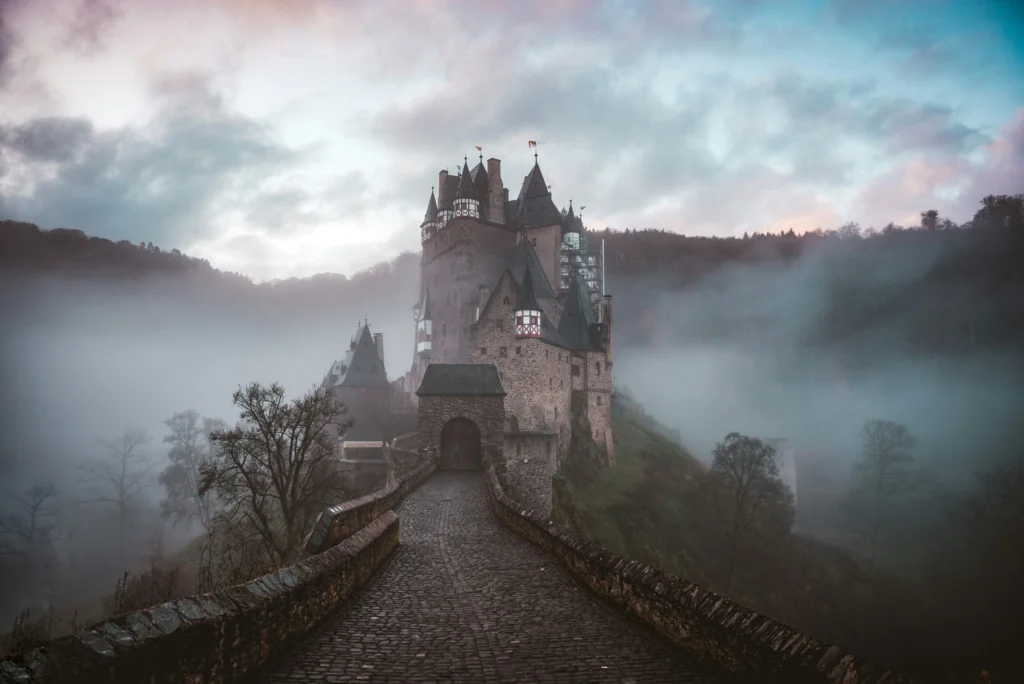
Fantasy films have long been beloved for their ability to transport viewers into magical worlds filled with epic adventures, mythical creatures, and larger-than-life characters. While the stories and visual effects play a key role in creating these immersive experiences, typography is equally essential in setting the tone for these fantastical tales. The fonts used in fantasy film titles are carefully chosen to reflect the themes, emotions, and otherworldly nature of these films, drawing viewers into the narrative even before the movie begins. This article explores the fonts used in some of the most iconic fantasy film titles and how they contribute to the films’ branding and visual storytelling.
The font used in a movie title is often the first visual cue a potential viewer encounters, whether it’s on a movie poster, a streaming platform, or during the film’s opening credits. Fonts in fantasy films are particularly important because they help set the tone for the story. A well-chosen font can evoke a sense of mystery, adventure, danger, or whimsy, all while hinting at the genre’s fantastical elements.
Fonts in fantasy film titles often draw on historical or otherworldly styles, combining elements of calligraphy, gothic typefaces, and ornate serifs to create a sense of magic and grandeur. By using these fonts, designers can communicate to the audience that the story they are about to witness is set in a world far removed from our own, filled with magical beings and epic quests.
Some fantasy films have become iconic not just because of their stories, but also due to the instantly recognizable fonts used in their titles. Let’s explore a few examples of how fonts have been effectively utilized to enhance the fantasy genre.
Peter Jackson’s The Lord of the Rings trilogy is often heralded as one of the greatest fantasy film series of all time. The title font for The Lord of the Rings employs a typeface that feels ancient and full of history, fitting for a world inspired by mythologies and medieval cultures. The font is highly ornate, with elongated serifs and sharp strokes that reflect the epic, high-stakes adventure of the story. This font communicates the grandeur and scope of Middle-earth while grounding the film in a medieval-inspired visual language.
The Harry Potter series is another iconic fantasy franchise with a highly recognizable title font. The font used for Harry Potter is distinctive due to its lightning bolt-shaped “P” in “Potter,” reflecting the lightning-shaped scar of the protagonist. The font blends magical elements with a sense of adventure, which is appropriate for the themes of wizardry and discovery throughout the films. The sharp angles and dynamic shapes of the letters help to convey the fast-paced, action-packed nature of the story.
The font for The Chronicles of Narnia films is elegant and regal, befitting a story steeped in allegory and fantastical adventure. The serif typeface used in the titles evokes a sense of ancient myth and tradition, with its slightly whimsical flourishes hinting at the magical world of Narnia. The font is designed to be both timeless and majestic, communicating the grandeur of the story’s epic battles and the nobility of its characters.
Over the years, fantasy film title fonts have evolved to reflect both changes in design trends and advancements in technology. However, certain key elements remain consistent across the genre. These include the use of dramatic serifs, flourishes, and letterforms that evoke a sense of magic and history.
One noticeable trend is the growing use of digital and 3D elements in typography for fantasy films. With the advent of CGI and advanced animation techniques, filmmakers now have the ability to create dynamic, animated title sequences that add depth and motion to the typography. This creates a more immersive experience for the viewer, as the title becomes a part of the fantastical world they are about to enter.
The fonts used in fantasy films do more than just look appealing—they also evoke specific emotional responses from the audience. For example, the sharp, angular fonts of Harry Potter suggest danger and excitement, while the flowing, ornate fonts of The Lord of the Rings evoke a sense of ancient history and epic adventure.
Studies in typography and psychology suggest that fonts can significantly impact how viewers perceive a film’s tone and mood. In fantasy films, where suspension of disbelief is crucial, the right font can help create a seamless transition from reality to the fantastical, inviting the audience to immerse themselves fully in the story.
Designing a font for a fantasy film title requires careful consideration of both aesthetic and thematic elements. Fantasy fonts often feature exaggerated serifs, flourishes, and intricate details that convey a sense of otherworldliness. Designers must also consider the legibility of the font—while an ornate font might look beautiful, it needs to remain readable, especially on movie posters and in smaller formats like digital platforms.
In addition to legibility, the font should be versatile enough to work across various mediums, including print, digital, and animated formats. Fantasy fonts often include unique glyphs or alternate characters that give designers more flexibility in how they use the typeface.
The fonts used in fantasy film titles are more than just decorative elements; they are powerful tools that contribute to the visual storytelling of the genre. From the epic, historical feel of The Lord of the Rings to the whimsical magic of Harry Potter, fonts help to establish the tone, setting, and emotions of the film before the story even begins. By understanding the design principles and psychological impact behind these fonts, we can gain a deeper appreciation for how typography shapes our experience of fantasy films.
As technology continues to evolve, we can expect to see even more innovative uses of fonts in fantasy film titles, blending traditional design elements with cutting-edge digital effects. Ultimately, the fonts used in these films will continue to play a vital role in transporting viewers to magical worlds and unforgettable adventures.